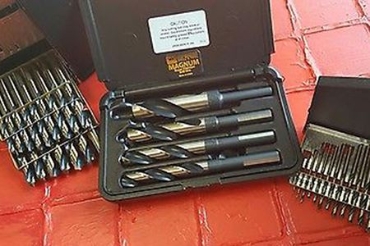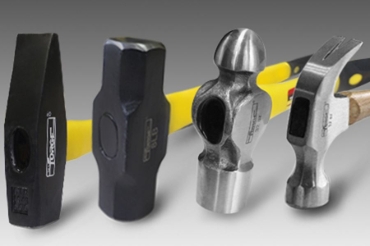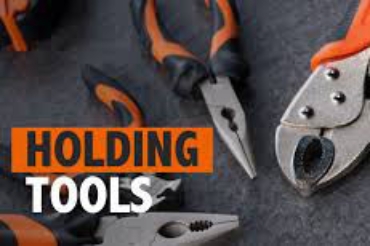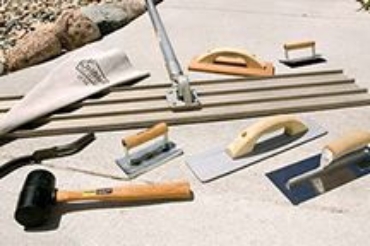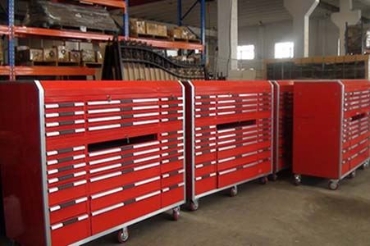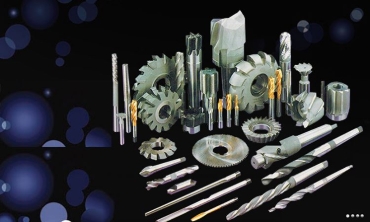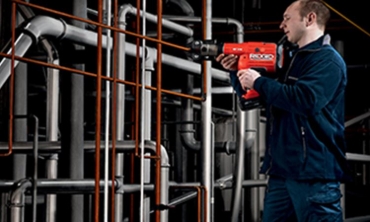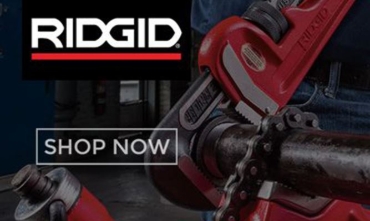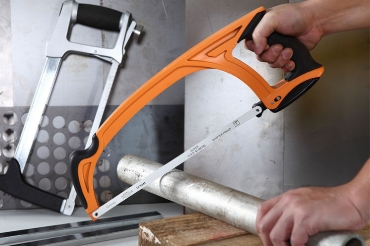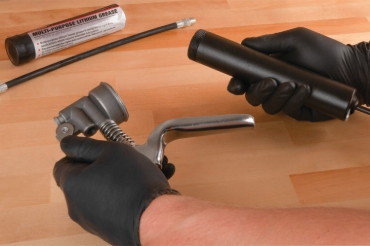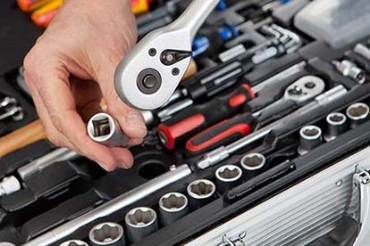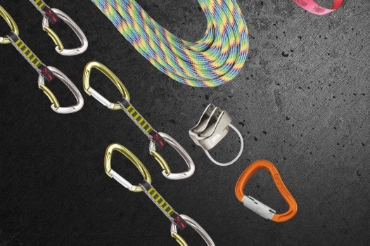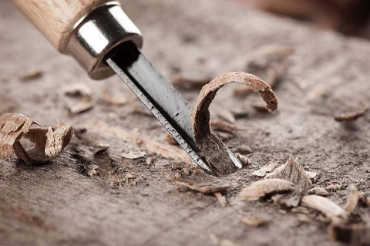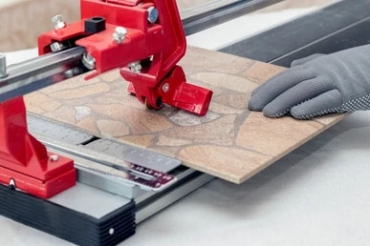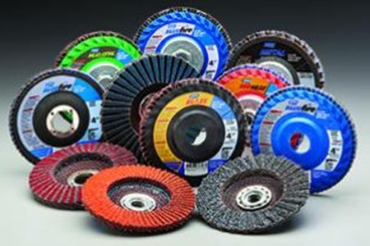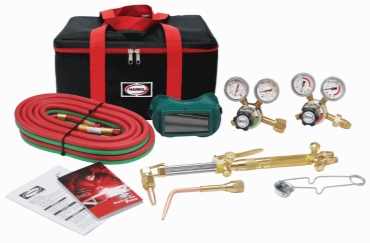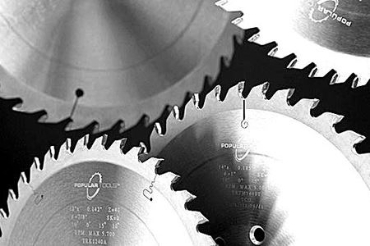Hand Tools
Dormer Carbide Burr Cylinder With End Cut (Standard), P803
P803
Carbide Burr Cylinder Without End Cut
From ₱550.01
Dormer Carbide Burr Cylinder Without End Cut, P801
P801
Carbide Burr Cylinder Without End Cut
From ₱500.01
Dormer H.S.S. Jobber Drill Hits A-100, Size 1/8" to 5/8" Inch
A-100, Inches Size
Dormer H.S.S. Jobber Drill Hits A-100, Inches Size
From ₱83.01
Dormer HS Taper Shank Drill Bit A-130, Inches Size
A-130, Inches Size
HS Taper Shank Drill Bit
From ₱2,141.01
Dormer HS Taper Shank Drill Bit A-130, Metric Size
A-130, Metric Size
HS Taper Shank Drill Bit Metric Size
From ₱2,227.01
Dormer HSS Cobalt Weldon Shank End Mill No. 247- Short Series, Metric Size
No. 247- Short Series, Metric Size
HSS Cobalt Weldon Shank End Mill-Short Series
From ₱1,334.01
Dormer HSS Cobalt Weldon Shank End Mill No. 247-Short Series, Inches Size
No. 247-Short Series, Inches Size
HSS Cobalt Weldon Shank End Mill
From ₱1,362.01
Dormer HSS Cobalt Weldon Shank End Mill No. 273-Long Series, Inches Size
No. 273-Long Series, Inches Size
HSS Cobalt Weldon Shank End Mill Long Series
From ₱1,450.01
Dormer HSS Cobalt Weldon Shank End Mill No. 273-Long Series, Metric Size
No. 273-Long Series, Metric Size
HSS Cobalt Weldon Shank End Mill Long Series
From ₱1,348.01
Dormer Titanium Coated Jobber Drill Bit (For Stainless Steel), A-095
A-095
Titanium Coated Jobber Drill Bit (For Stainless Steel)
From ₱10,211.01
Dormer Titanium Coated Jobber Drill Bit A-002, Inches Size
A-002, Inches Size
Titanium Coated Jobber Drill Bit Inches Size
From ₱95.01
Min: ₱0.00 Max: ₱1,723,800.00
₱0 ₱1723800

